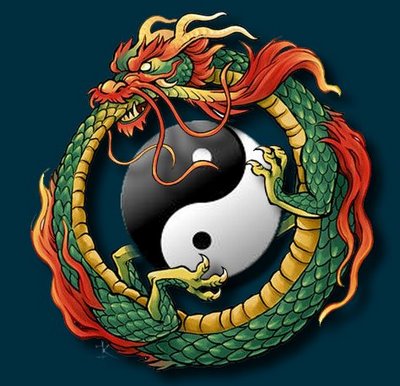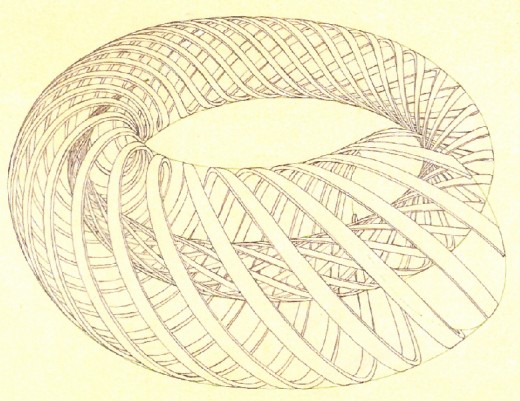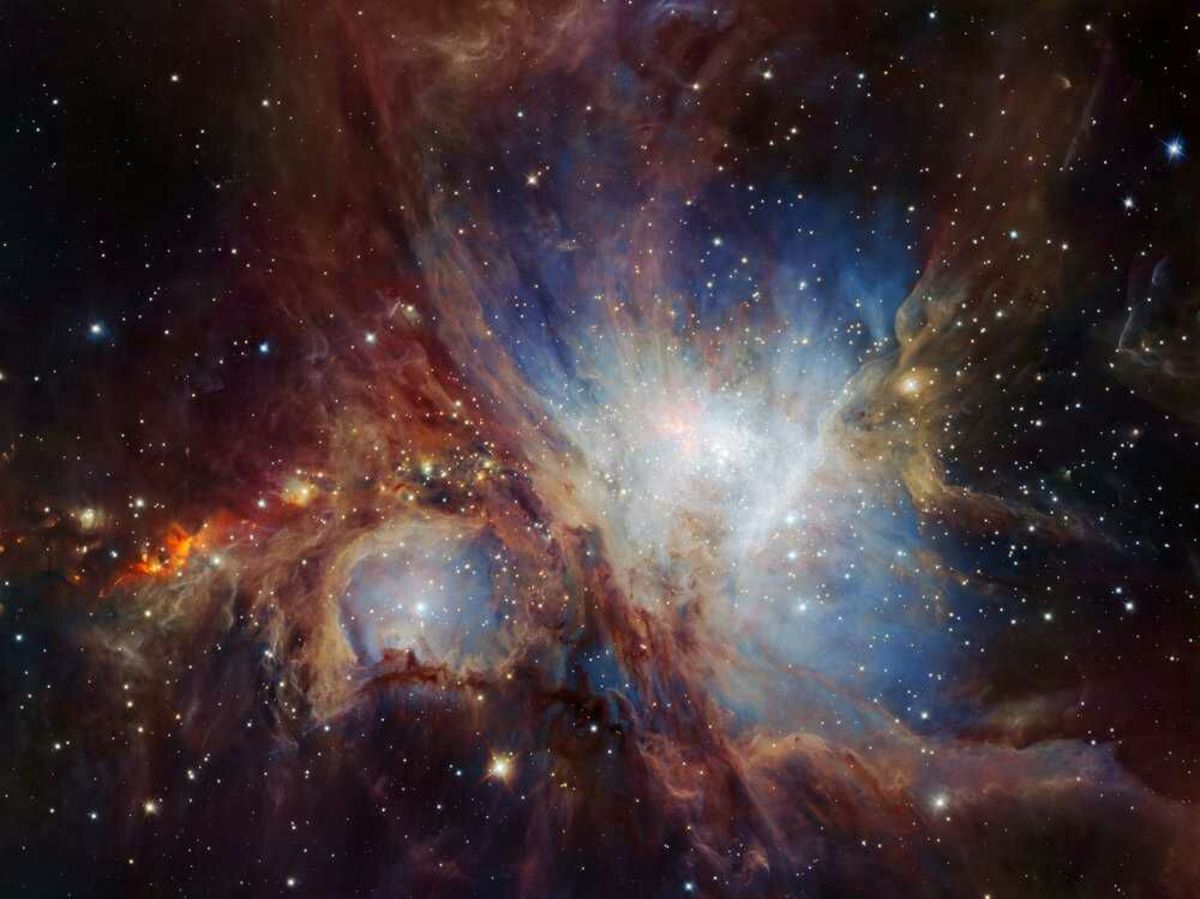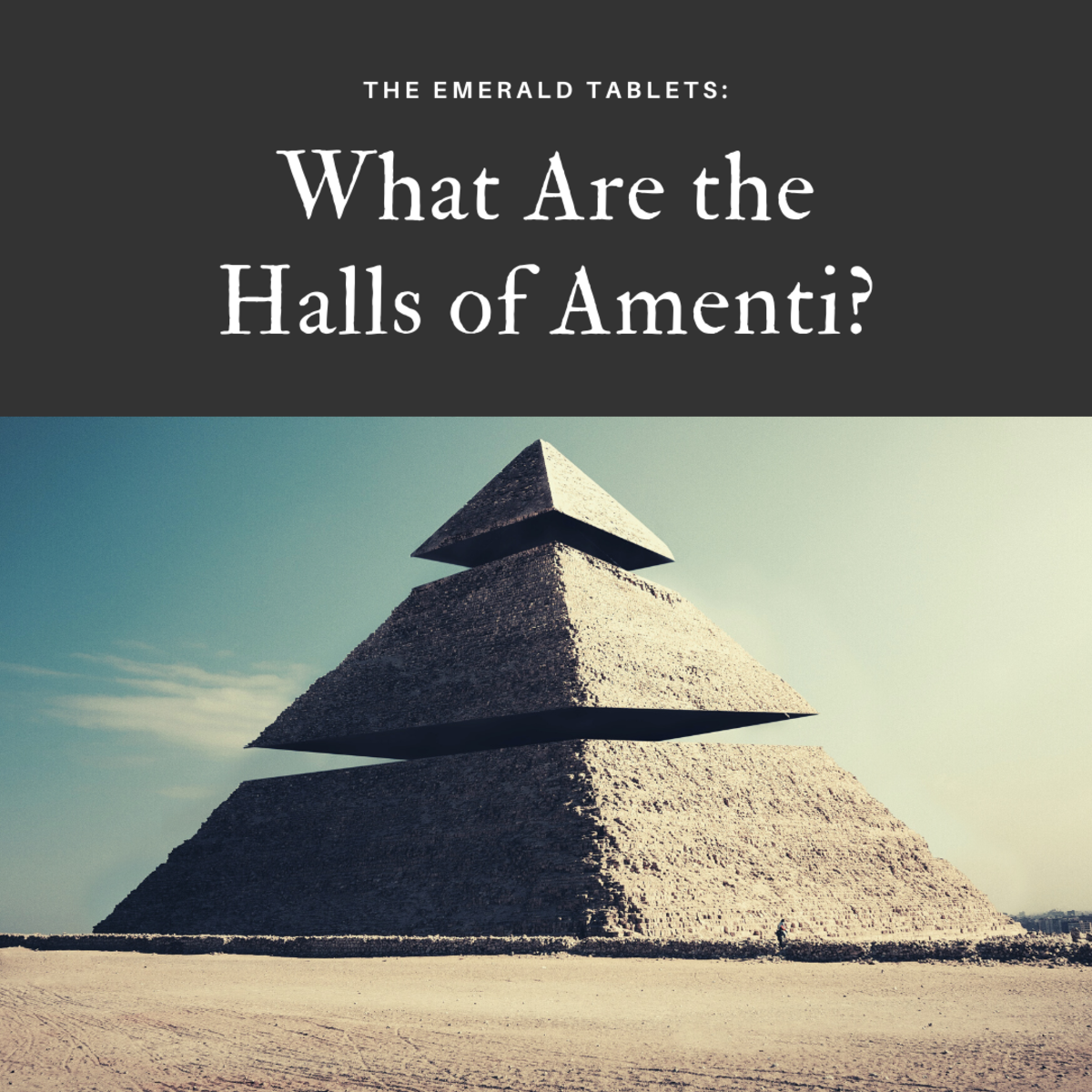Eternal Return and Complexity
As with all else, there are symbols for the eternal return


The idea of eternal return is more complex than we thought
The concept of the eternal return has been around for ages. The idea is that all things repeat like the seasons, and that if one waits long enough, the same experiences and conditions will repeat themselves exactly. Although there is some truth in this, there are shades of variation to the eternal return that guarantee that things will never repeat exactly. The answer to this lies in chaos theory and the idea of the strange attractor. Some cycles do follow patterns that are identical from round to round, such as the life cycles of certain species like insects and salmon. Others are more complex, like the interrelation of planetary orbits and individual human lives. In the end, there is no such thing as the exact discrete repetition of cycles where things repeat over and over, exactly as before. Even in phenomena like the ant kingdom, no two colonies are identical. The same colony will change from day to day in direct response to the environment. The more complex the phenomenon, the more this is true. Great epochs differ from one another, from the strange life forms found in the Burgess shale, to the Dinosaurs, mammals and now the era of humans.
No two years are alike, though they follow an observable pattern. No alignment of constellations occurs exactly alike over any cycle of time. The stars themselves are in motion about the galactic center causing the principle stars of constellations to slowly shift over the eons. The sun is slowly and inexorably heating up, causing the Earth's climate to change in response. Though patterns tend to repeat, no two cycles are identical. There is however, a self-affine quality that defines a similarity between cycles, whether years, plants, animals or life cycles of stars and galaxies. So it is in the life of individual people and societies.
When the orbits of planets in the multi-bodied solar system were studied, it was found that they moved in a complex way that generally emulated elliptical paths about the sun. The more massive the planet, the more this is true. Minor planets are much more subject to perturbation and thus their orbits end up being much more chaotic, complex and less elliptic emulating. This is why comets can be handed down from one planetary family of objects to another or back again.
On the changing Earth itself, the evolution of the solar system directly effects the longer cycles and the shorter ones over vast stretches of time. The evolution of the solar system determines the evolution on Earth in a very real way. Thus the eternal return is only true within the bounds of certain limits. The limits are often defined between great destruction and creation events mediated by the evolving solar system. Once the dinosaurs roamed the Earth and experienced their own forms of the eternal return. Today, it is the mammals that do so in turn.
Learn about a 19 year eternal return
- THE METONIC MOON CALENDAR
The metonic moon cycle covers a 19 year period that is almost exact, being out by only a matter of hours. There are pictographs and medicine wheels that track this eternal return.
The Ouroboro and eternal return in world myth
More information on eternal return
The concept of the exact discrete eternal return is born of our limited experience and unconsciousness of the deep past and the totality of evolution in the experiential sense. There is no such thing as an exact discrete eternal return. There is however, a self-affine type of eternal return where cycles approximate each other. This is what is behind the idea of learning everything that one needs to know in dealing with a set of problems only to find that the solutions do not apply in the new circumstance that is almost, but not quite identical as the one experienced previously. Indeed, the differences between two cycles can be vanishingly small. It is also why the solutions of yesteryear become the problems of today. In other words, powerful solutions for things like disease that worked in the past are useless today, simply due to evolution. Antibiotics once effective against pathogens are no longer useful and are even detrimental.
In the theatre of politics, the same kind of thing goes on. Once Christianity represented the cutting edge. Now it is corrupt and part of the problem that hinders true liberation of spirit. It has become hide bound and tied in with state control of humanity. Then there was democracy and communism, which in turn have also become corrupt. Where things will go in future remains to be seen. One thing is certain; the people do not seem to want Christianity, communism or capitalism. These are the resorts of the few who have achieved their power through the use of once good ideas that are now corrupted.
Self-affine eternal return tells us that things can change to something else unexpectedly at any time. Thus, our tenure is as secure as that of the dinosaurs or the other 99 percent of species that no longer exist. In the end, nature will intervene in human affairs as it has done so often, changing and reordering the way everything is done. It has happened before. The stuff of myth has been built on these changes. For now, we bask in the illusion that season will follow after season in more or less the same way. But this is born of a rather limited hindsight and fore sight. It does not take long to forget the hard won lessons of yesteryear when the circumstances for which they applied no longer exist. Sometimes, nature throws a curve ball and we find ourselves lacking the very knowledge that was once commonplace. We must relearn what was forgotten long ago. Fortunately, the Earth is so complex; some among us still live in the old ways. During catastrophes, these people are the most likely top survive, not the high tech civilized ones.
Tales abound of great civilizations in the remote past that were at or surpassed our level of understanding and technology. Tantalizing hints lie strewn about the planet. Yet these civilizations are no longer with us beyond the myths we hear and the scant clues that survived a cataclysm. Slowly we are piecing together the evidence. We now know that great civilizations perished and others had their birth in a great upheaval in 535 AD. 74,000 years ago another upheaval almost ended the human race. Then there is the tale of Atlantis that went down around the same time that the last ice age ended. The evidence of once mighty peoples whose arts we cannot duplicate today abound in places like Egypt and Machu Picchu. The path from there to here has been a long and winding road with no exact duplicates along the entire extent. There are waves of civilizations and dark ages, just like there are great freezes and great heats upon the Earth over the eons. No two are alike except in the most general of conditions. This is the nature of complexity as it weaves a tapestry through time in what otherwise can be called the eternal return.







